Tribes Eye
We engaged Navajo youth from Diné College and the Southwest Conservation Corps Ancestral Lands Program in learning about climate and the local environment through photography. The Navajo Nation has historically been plagued by prolonged drought, experiences little rainfall, and is subject to poor water quality. Climate change is expected to exacerbate future droughts and their impacts.
Through a set of compositions (photographs), participating students communicated their perspectives on how climatic and environmental changes on their reservation affect their lives. These compositions were shared with the public in a gallery event in April 2015 at the University of Colorado Boulder campus and are included in a photo gallery below. In producing compositions, students built knowledge about their topic through interviews with tribal community members and CIRES/CU scientists.
Traveling Exhibit
NOAA's Office of Oceanic & Atmospheric Research (OAR) EEO/Diversity Program provides funds for the exhibit to travel to the following locations in 2015/2016
American Indian Science & Engineering Society conference - Phoenix, AZ (November 19-21, 2015)
Dept. of Commerce - Washington, DC
Bureau of Indian Affairs - Washington, DC
NOAA/National Severe Storms Laboratory - Norman, OK
Tribes Eye Gallery

“Graffiti” I’m Kyle V. Sorrell and the “Graffiti” was taken above a hill in Tsaile, AZ, on April 6, 2015. The writing stated that we should protect our mountains. Whoever wrote the statement is right, we do need to protect our mountains because its part of our Navajo culture. He or She must have been a good person from the heart. We know graffiti can be presumed as a wrong or right doing, certain ones do have meaning and content, some may be provocative, but we all have a different way of viewing things and what suits us. Credit: Kyle V. Sorrell
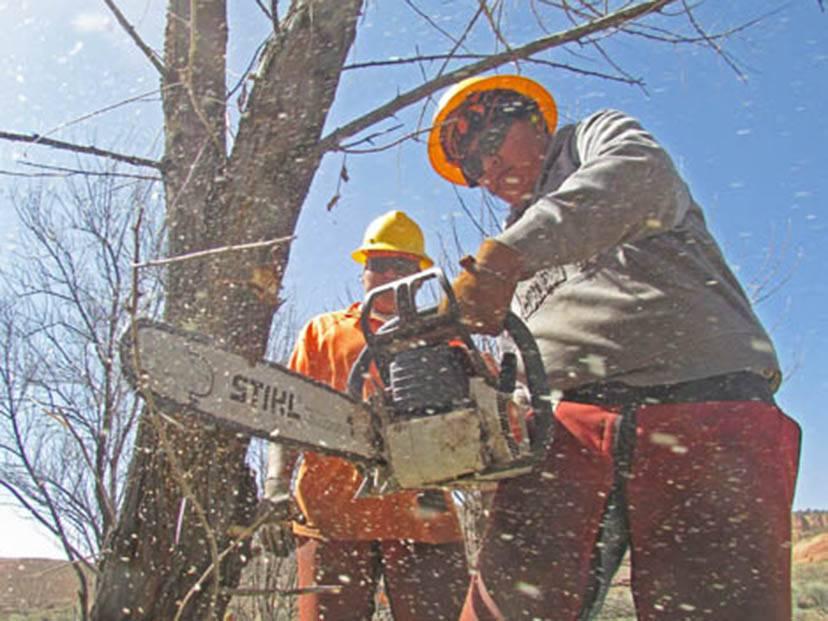
Crew leader Rolando Billie helps show new Crew Member Radeanna Comb the ropes as she practices face cuts and felling of Russian olives.
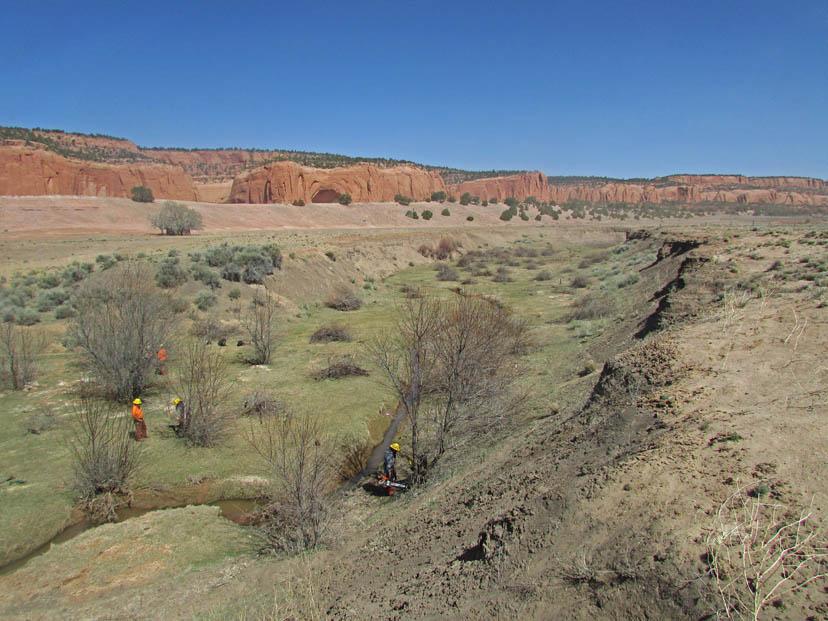
One experienced Ancestral Lands saw crew trains another in removing invasive Russian olive trees from a stream outside of Navajo, NM. The Ancestral Lands Programs empowers local Native young adults to be active transformers and restorers of their natural world. In this case, removing invasive tree’s and ultimately re-planting native species to restore critical wildlife habitat, increase viability of grazing land, and maintain ecological health and balance.
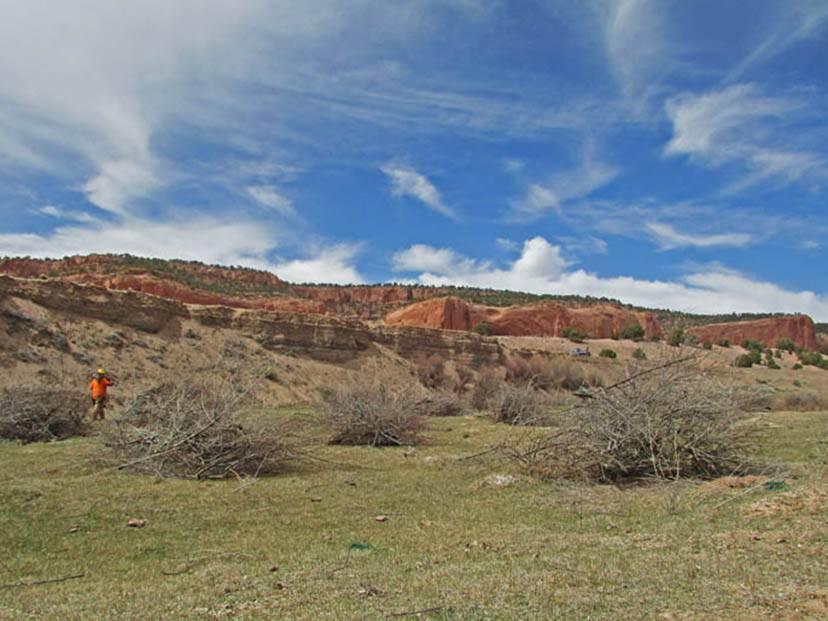
Southwest Conservation Corps: Ancestral Lands crew leader Rolando Billie walks through the days working, checking out the slash piles and tree stumps, making sure the site is complete, safe, and ready for the next phase of the restoration process.
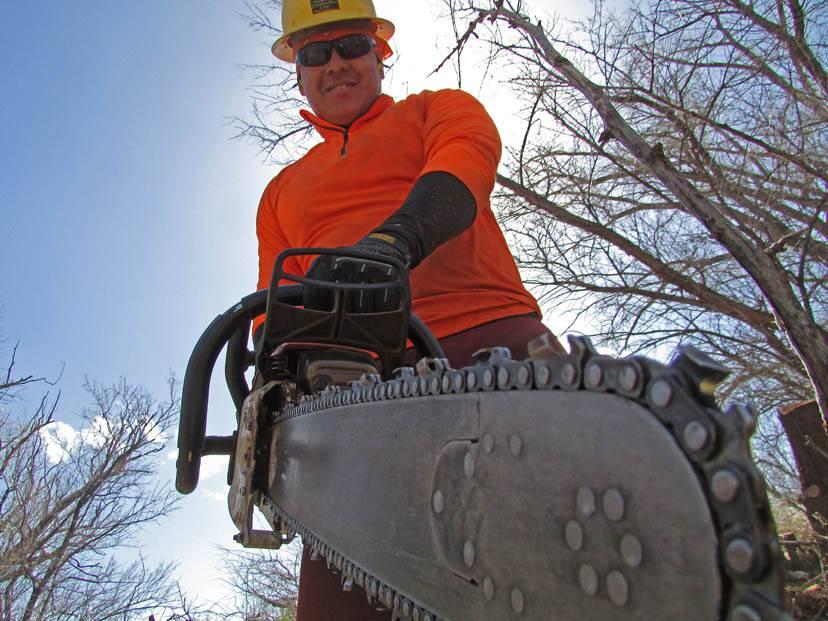
Southwest Conservation Corps: Ancestral Lands chainsaw crew member Jerald Meyers, ready to roll for another day of hard work! The SCC crew works to mitigate invasive species in the American southwest.
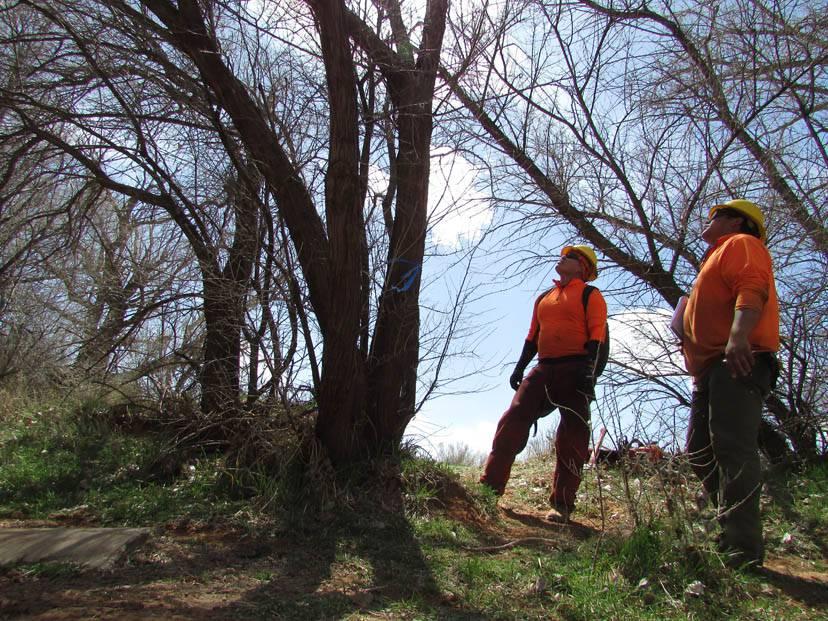
Being a sawyer is a thinking man’s game. Out in the field we stumbled upon this tree, already flagged. Why? Is it rotten, diseased, struck by lightning, or pose some other type of safety hazard? Does it house a bird’s nest or other environmental sensitivity concern? Every tree cut is unique and most be looked at with an open mind.
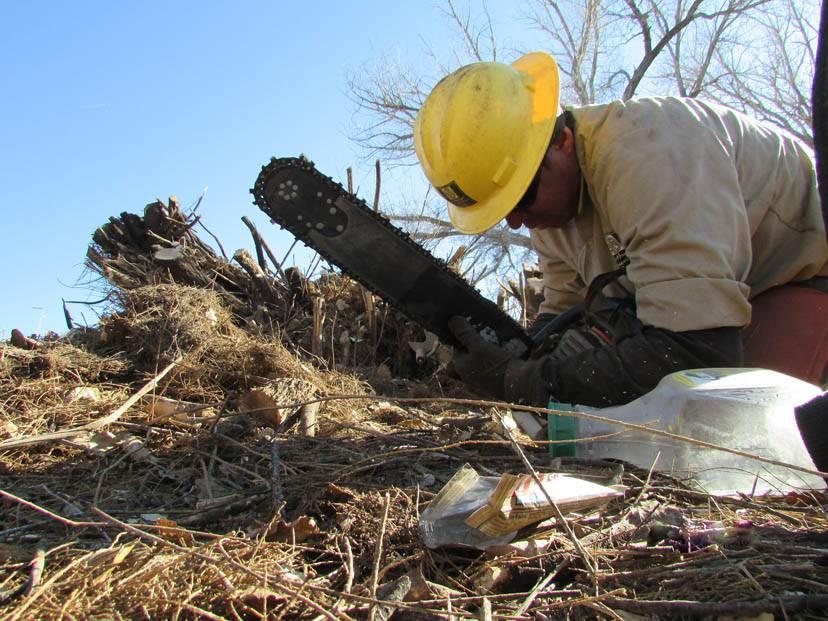
Southwest Conservation Corps crew member Jared Earl sharpening his chain during lunch break. Being a sawyer instills not only the grit to endure long hours of grueling hard work in extremely rugged conditions, but also the intricate precision that goes into maintaining our equipment.

Canyon de Chelly
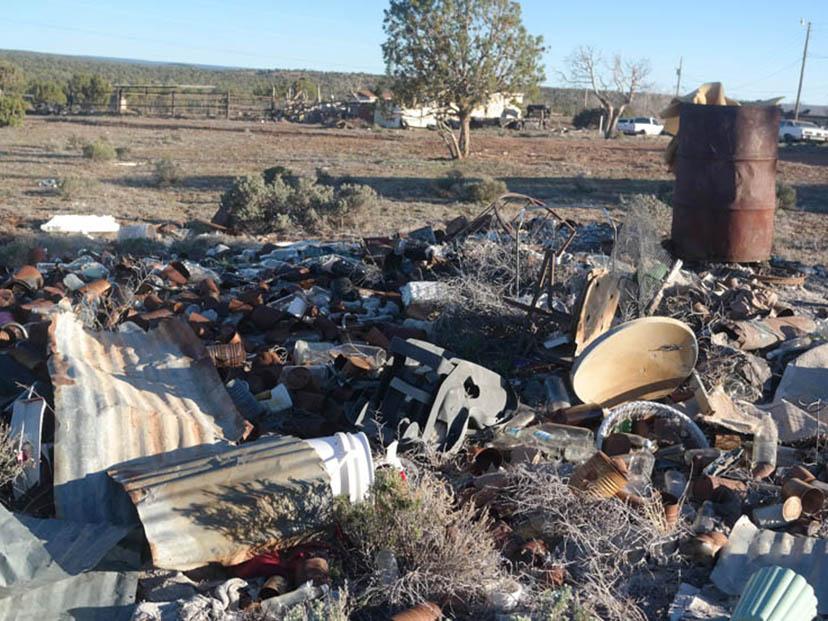
Trash pile near Del Muerto AZ. This pile is only 30 yards from the home. Seeing trash in front of a house when you have kids and people nearby, is very disturbing. Trash and illegal dumping is a big issues around the reservation. Credit: Lyle Bitsoi

An abandoned house with graffiti on the walls. Navajo NM. Credit: Mariah Mariano
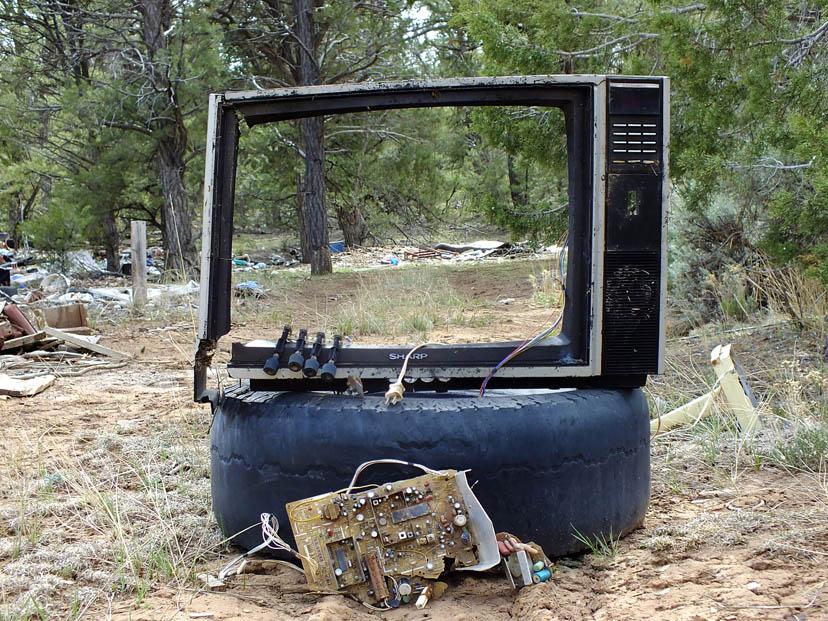
Illegal dumping is a common issue. A discarded TV with more trash behind. Tsailie AZ. Credit: Darrell Yazzie
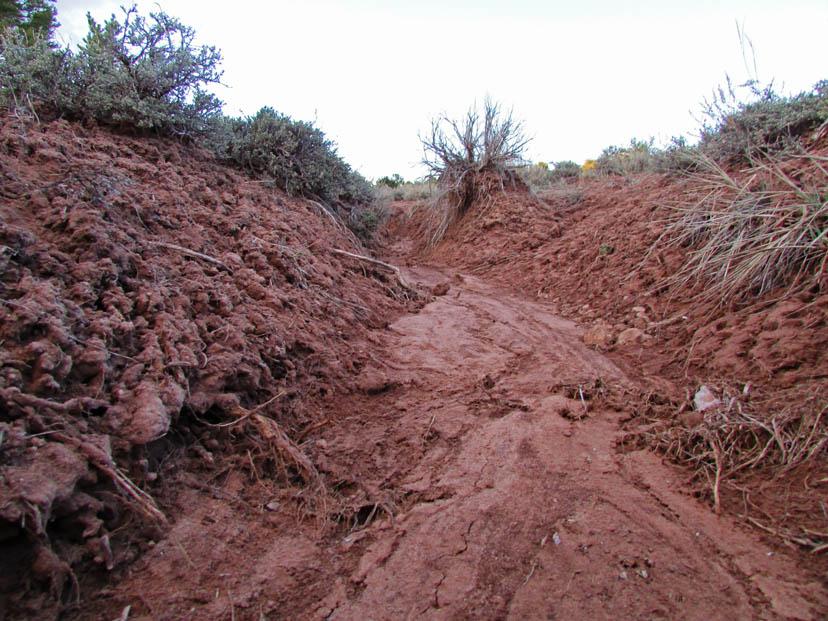
“Roots” due to things like overgrazing, rains can erode large sections of the land away exposing the roots of plants. Tsaile AZ. Credit: Elphonso Curley
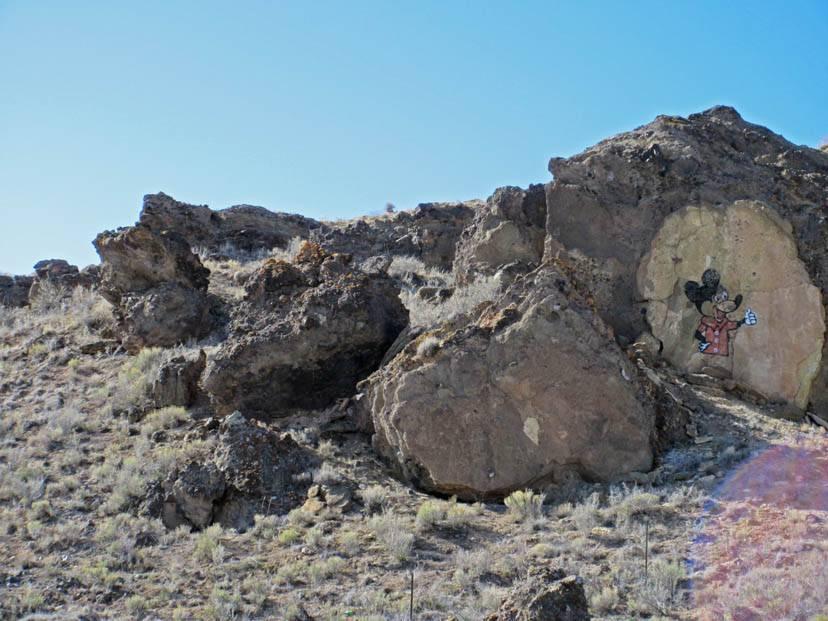
Dilkon AZ. Credit: Allison Lee
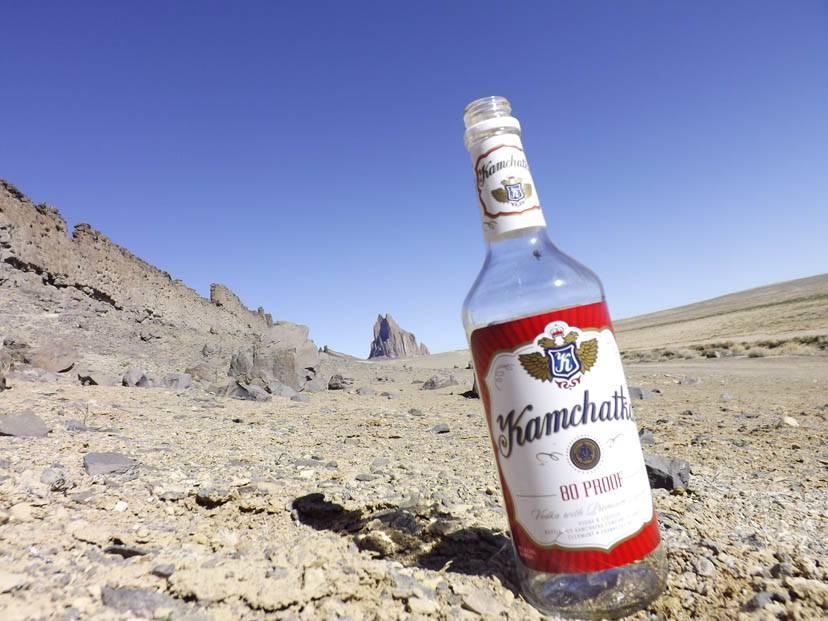
Credit: Matt Curleyhair
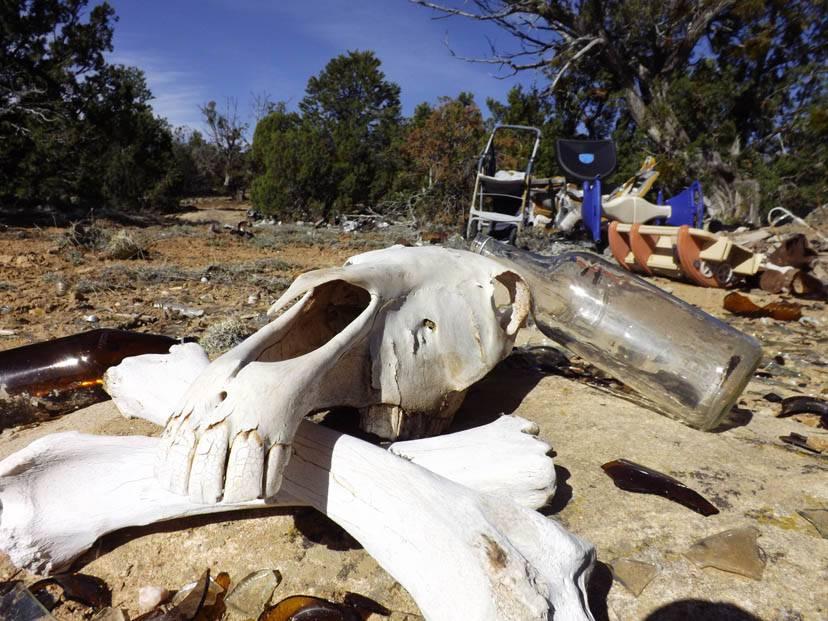
Credit: Matt Curleyhair
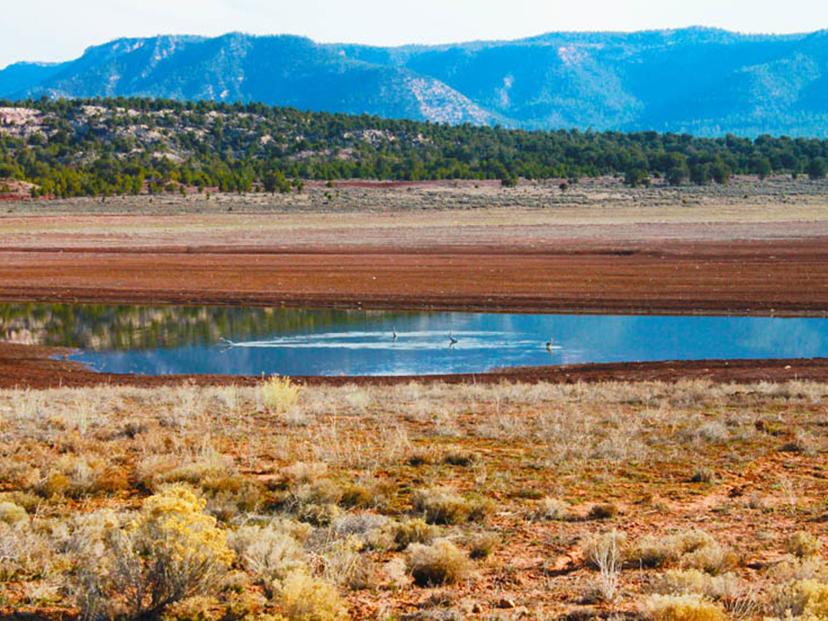
“Vanishing Water” is a photo that I took on January 15, 2015 in the afternoon. Most of the water is now gone but slowly rejuvenating and healing. This shows how we as humans can change the environment or the habitat for animals and birds. Not only nature itself changes we also have a part in it as well. Credit: Kyle V. Sorrell
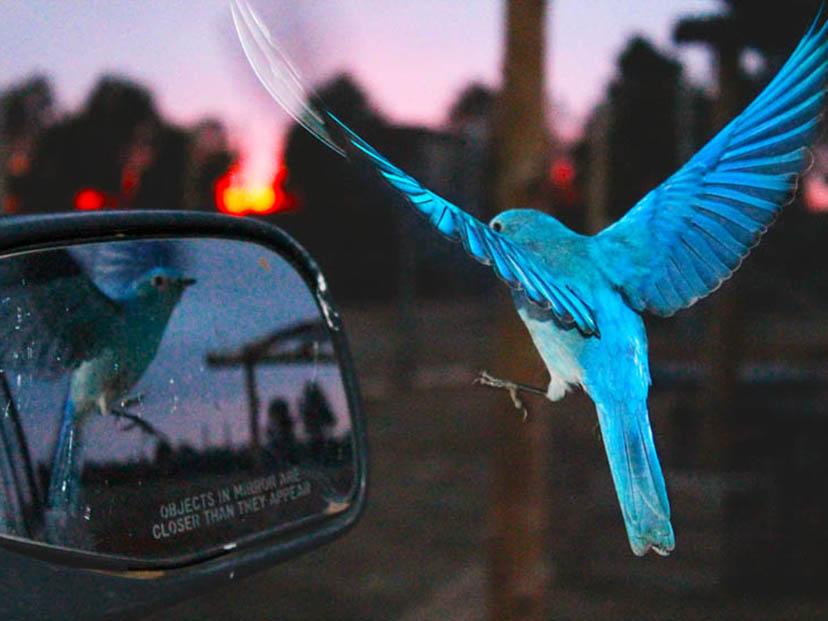
“Evening Flight”, was taken on February 21, 2015 at 5:11 pm. It didn’t occur to me that it was very unusual for bluebirds to migrate back this early in the season. However bluebirds do have a better understanding of the environment then we do. So, I took this picture because it was the only moment and the only chance I had to get up close to a bird. Credit: Kyle V. Sorrell
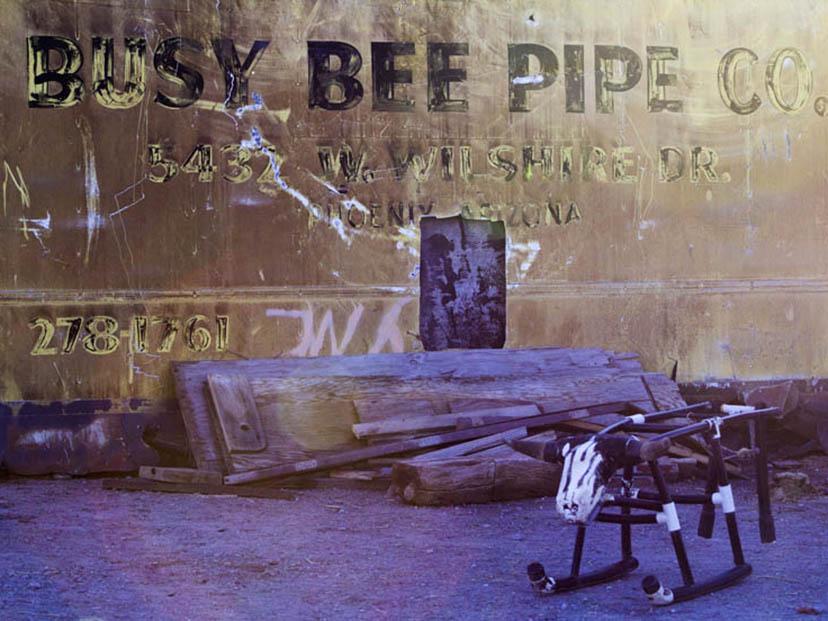
“Busy Bee Roping Company” I took this photo because of the lighting and the complementary colors. The purple ground and the yellow Busy Bee Pipe Company building. Also the Roping dummy offers an asymmetrical feel. It shows how man is going to leave his mark on the world, with their junk and illegal dumping of trash and such. I captured the beauty of it, crazy as it sounds I did. Credit: Kayla Jackson
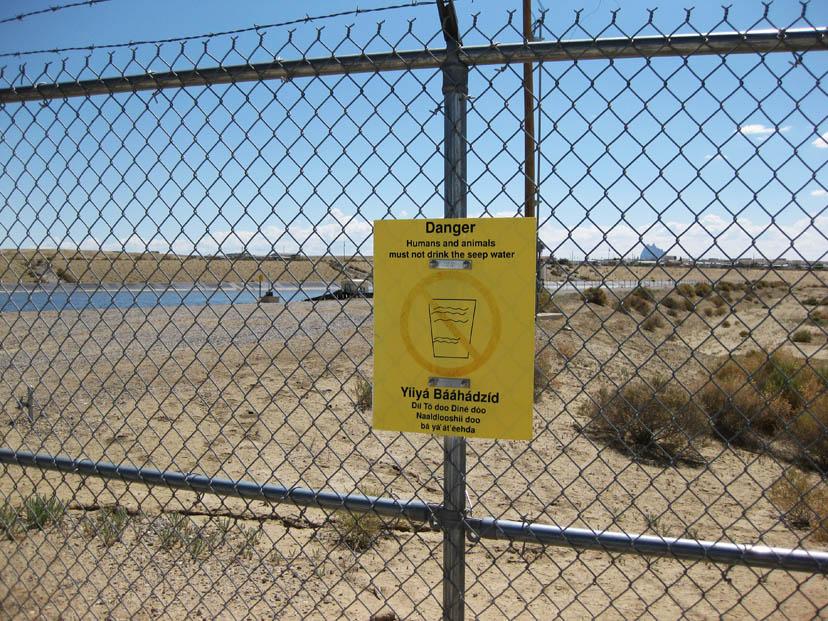
Warning sign near Shiprock NM. Credit: Carl Haskie

Cows grazing near Many Farms AZ. Overgrazing is large problem in the reservation, and the exposed soil erodes during heavy storms, reshaping the landscape. Credit: Allison Lee
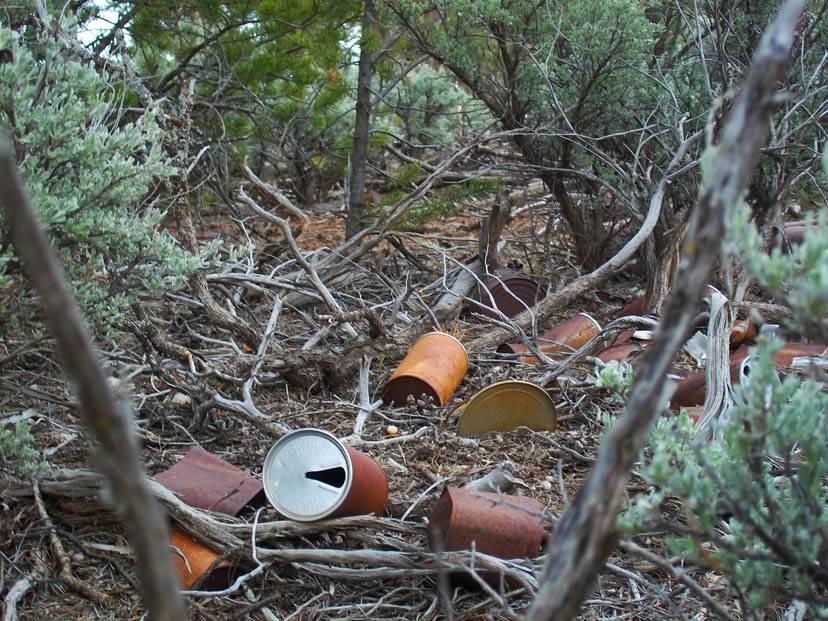
This picture shows the illegal dumping on the Navajo Reservation. Bottles and other garbage being thrown away on the environment. Harming the place by hurting the homes of animals around and making it look messy for the people who live there. People having no common sense to pick up after themselves, so they leave them thinking it will be forgotten. Credit: Ryan Lee
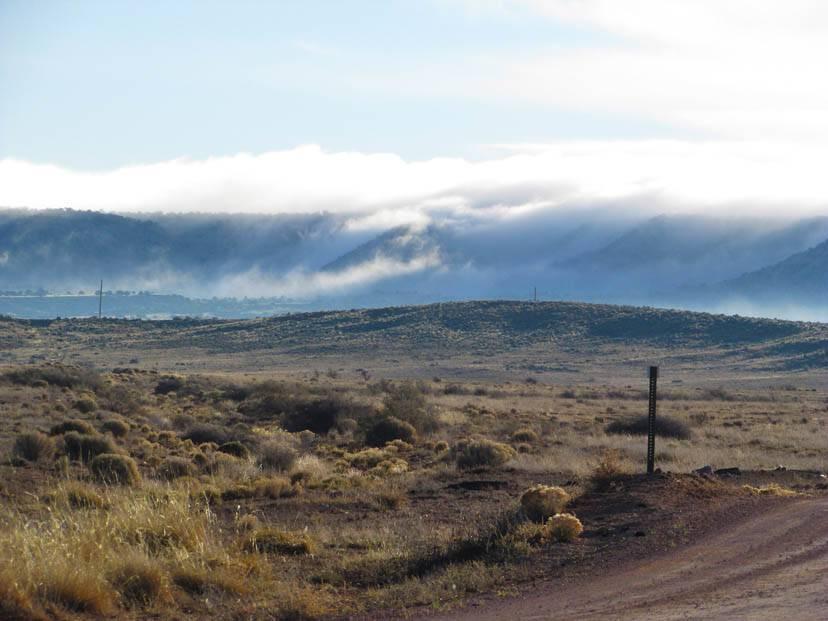
Burnside, AZ. Credit: Tachena Billie
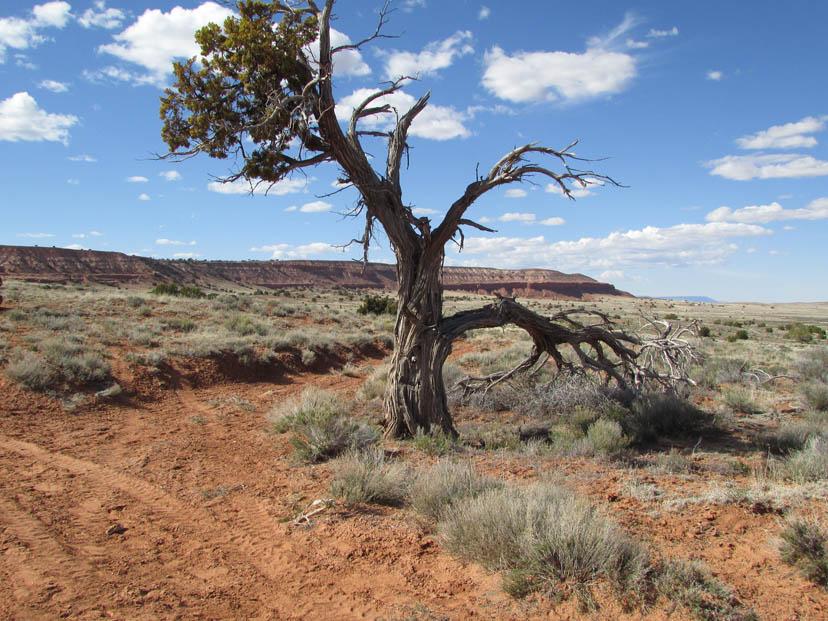
Burnside, AZ. Credit: Tachena Billie


